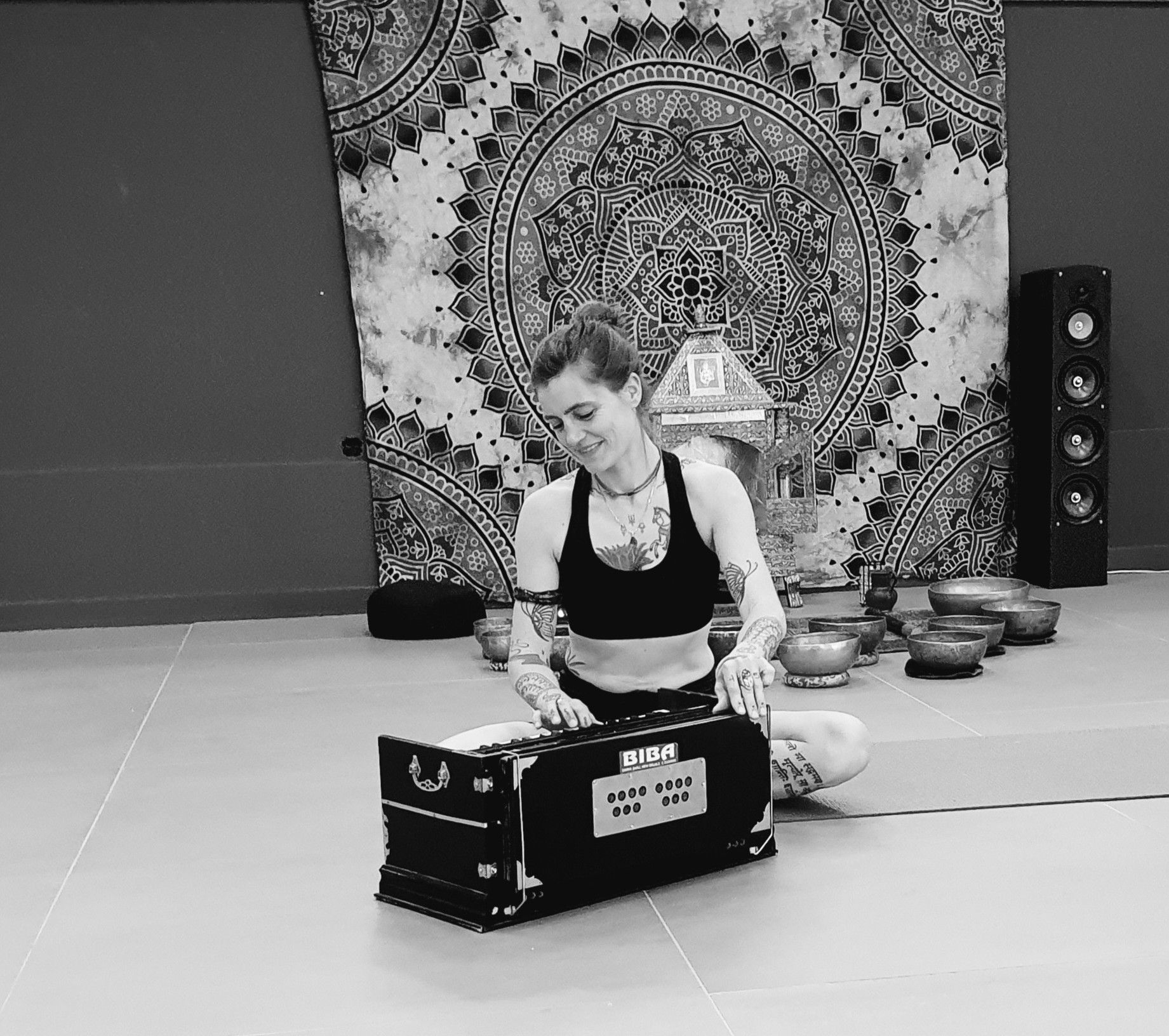"Leading the Mind into the Heart"

Yoga - Japa Practice
Repeating the names of the Divine is an instrument for the mind.
Wikipedia states that: "Japa (Sanskrit: जप) is the meditative repetition of a mantra or a divine name. It is a practice found in Hinduism, Jainism, Sikhism, and Buddhism with parallels found in other religions.
The word “Mantra” has been derived from Sanskrit. Mantra contains two words – “man” which means “to think” (also in manas “mind”) and suffix “tra” which means “tool”, hence a literal translation would be “instrument of thought”. end quote
There is no right or wrong. Remember that the demon, who later became the Saint Valmiki that uttered the Epic Ramayana, was not able to utter the name of Ram. So instead he started repeating the word Mara (tree) and by this gradually sinking in to a deep state of meditation resulting from the repetitive sound Maramaramarama Rama!
Start somewhere and enjoy the ride. The proof of the pudding is in the eating.
When we learn and study the meaning of the words and how to pronounce them we can connect even more to the practiced mantra and it can have massive impact.
It sooths in extraordinary ways, like nothing else and to me is a GO-TO practice, above anything else: CHANT AND BE HAPPY! It's part of each yoga practice I share, and on top of this we organize monthly Japa gatherings. Check all offerings here
Below: in Honor of The Lotus Born Guru, Padmasambhava, The Precious Guru, Fully Enlightened Buddha
In the video above we recite the Hanuman Chalisa. This is a 40+ chorus prayer to Hanuman. We evoke and honor Hanuman, the alifuru God with monkey like trades. There is no 1:1 translation to this prayer, but we can explore the different traditional translations. Because of it's length it is not the easiest prayer to start with, obviously. Nevertheless we can feel great nourishment and support by finding a prayer that we enjoy and have it appeal to us in a way that we keep engaging. Its just like any other Sadhana, we need to vow into a practice that is accessible enough to stay with it and challenging enough to stay engaged.
Syllables ~ Sound ~ Vibrations
For example the sound AUM
A : the state of consciousness - Jargat
U : sleeping dream state in which we wish and process all sorts of things, REM - Swapna
M : the deep dreamless sleep state in which we are in silence - Sushupti
… : the silence behind the M in which we are one with All that is - Turiya
The syllable AUM expresses all this and more. Even though most of us do not understand this, when we practice reciting this AUM, repeating it to breath for example without expecting anything, we may feel harmonized and at ease. Some of us need to rationally understand what we utter before we start Japa meditation or reciting mantra, others benefit by sinking into the sound and riding the vibrations.
Many words are not translatable 1:1, therefor we meditate on the field or quality, and the rational explanation is secondary. During the course of time we encounter many invocations, sounds and prayers that can nourish us and give support. We call in specific qualities that are available the harmonize with the divine. Learning about the quality of the deity, can support the direction of the recitation - or Japa meditation.

